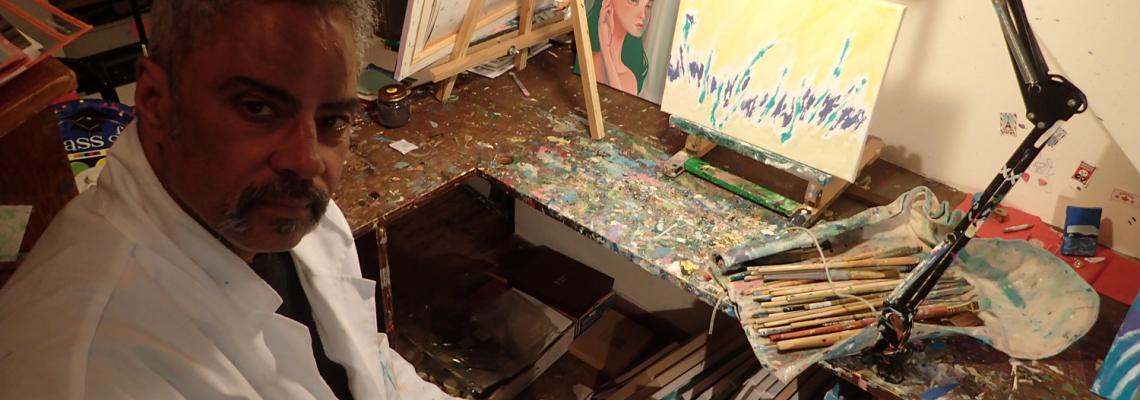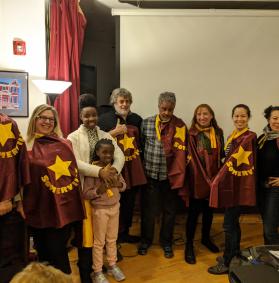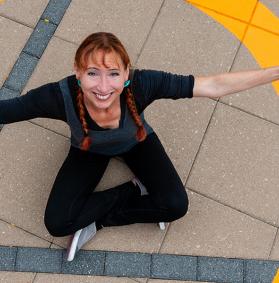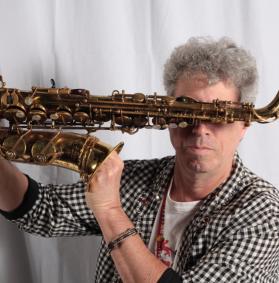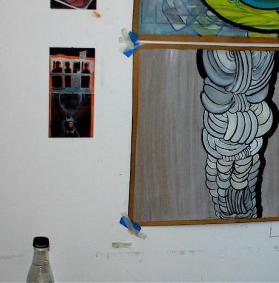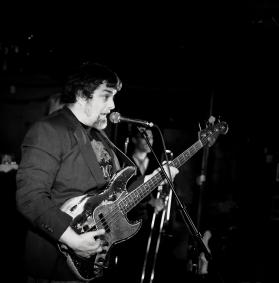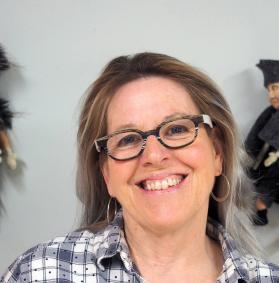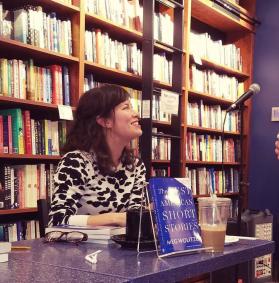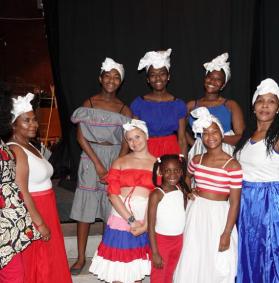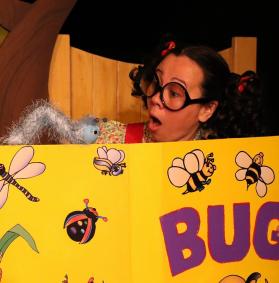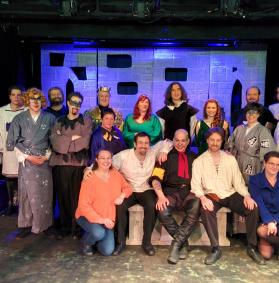Interview with Charles Marchany and Katherine Widmer as told to and edited by Matt Kaliner.
All images courtesy of Katherine Widmer School of Painting.
Charles Marchany is a painter who has been studied at the Katherine Widmer School of Painting since 1999. He is a regular participant in Somerville Open Studios and a regular presence in classes at the school. You can see more of his work on the school’s Facebook page.
Katherine Widmer taught painting in Somerville for 40 years, inspiring thousands of artists through her painting school. Katherine tragically passed away in August, soon after this interview was conducted. She leaves an irreparable hole in the Somerville arts community. She was not only central to the arts community, but worked diligently to organize and facilitate this interview. Her dedication to Charles and so many students is evident in her warmth and encouragement in the transcript below. Our deepest gratitude and condolences go to out to Katherine’s family and students.
The Katherine Widmer School of Painting continues to operate on Quincy Street. To find more information about the school and classes, please visit their Facebook page here.
Matt: How did you start painting here at the Katherine Widmer School of Painting?
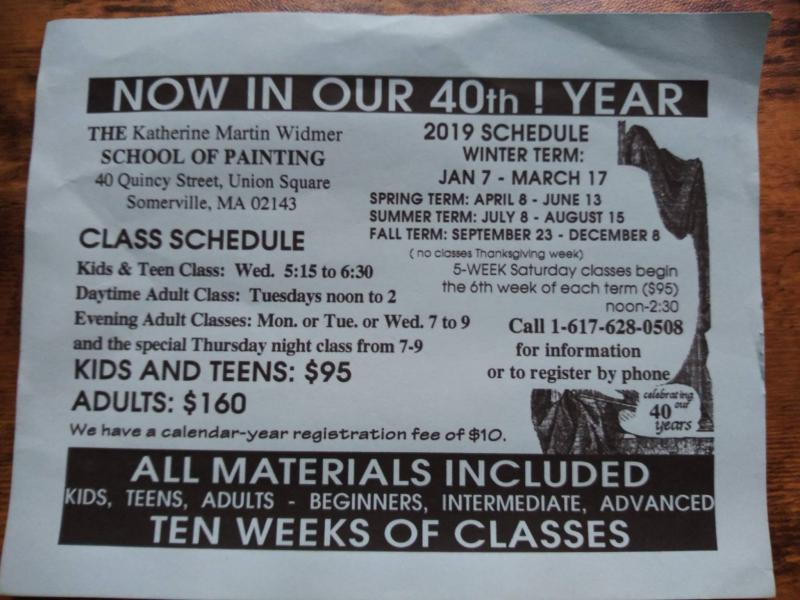 Charles: I was outside the old Bradlee’s, and I saw these brochures with information on signing up for Katherine’s painting school. That caught my curiosity. I called and I talked to Katherine. Katherine encouraged me. She encouraged me to paint. She guided me. She knows how an artist thinks, how a painter thinks. She knows the anxieties, she knows the insecurities a painter has. Through classes, I became more confident in my self-expression. The more I painted the better I became. It’s like developing a muscle. The more you use it the stronger it becomes. So my expression become stronger and more clear.
Charles: I was outside the old Bradlee’s, and I saw these brochures with information on signing up for Katherine’s painting school. That caught my curiosity. I called and I talked to Katherine. Katherine encouraged me. She encouraged me to paint. She guided me. She knows how an artist thinks, how a painter thinks. She knows the anxieties, she knows the insecurities a painter has. Through classes, I became more confident in my self-expression. The more I painted the better I became. It’s like developing a muscle. The more you use it the stronger it becomes. So my expression become stronger and more clear.
Katherine: I think that was 1999.
Matt: Do you remember your first painting here?
Charles: Yes, it was a landscape. Just a general landscape. When I first started painting landscapes, my work was very primitive. Juvenile and childish. But my more recent work is much more highly evolved, much more skilled in color and composition.
Matt: What’s driven your evolution as an artist?
Charles: Life! Life experiences. I internalize it and I add that into my paintings.
Matt: Tell me about how you paint?
Charles: Sometimes it's like I'm in a trance. Almost like I'm a witness. And someone is painting and I'm just watching my hand paint the paint onto the canvas. I'm watching it and I have consciousness but I'm watching my hand and my brush.
Matt: Your work has a real connection to nature. Tell us about that.
Charles: Yes, nature is lovely. I garden here at Katherine’s school. I take care of the trees, the grass, the bushes, the shrubbery and that helps me with my painting. I paint very few portraits. No cities. We live in the city so I try to paint nature. That makes me feel calm. I'm inspired by Katherine's garden but also the Quincy Street Open Space down the street. I don't spend as much time there as I would like – when I walk by the Open Space there are often people and I will respect their solitude. I like to let them be.
Katherine: Let me tell you a little bit about Charles. He comes into class. He sits down with a blank canvas in front of him, and in half an hour he creates so much beauty we have to stop him and get a new canvas in front of him because you he would keep on painting it. It's a beautiful energy. I mean, he’s shy, but so much energy.
Charles: The school is the energy. We feed off each other. The energy is alive here. We have students painting side by side.
Katherine: I’ve been teaching for forty years. It’s a long story, but I had this idea to take the roof off my house and build a studio space up here in the little attic. And so since 1985 we've been doing this here. And amazingly 85 people come through every week to paint for 2 hours. It’s amazing and they are wonderful people.
Matt: Do you have specific projects you’re working on?
Charles: No. It's your inner motivation, inner guidance that tells you what to paint. Sometimes I start something new, sometimes I continue a painting from last time.
Matt: What do you get out of your art?
Charles: I get a sense of peace a sense of happiness, serenity, calmness. It's almost like praying in a way because the colors are an extension of you - you’re putting yourself on canvas. It’s like a mirror. I get calmness out of it, peace. I think that if I hadn't found Katherine’s school I would be a very unhappy man today. I'm not into money. I'm not into possessions like getting a big house or big fat bank account. All of that is outside the school. Here we create, be ourselves. We are allowed to be ourselves, to paint whatever we want to paint. Outside the school is not conducive to me as an artist. Here I find that life is a paradise. I like to live within-out, not without-in. Wherever I am I want to find tranquility and peace from within to out.
Matt: How did you find your way to Somerville?
Charles: My family arrived in Somerville in 1972, when my father retired from the Air Force. I was 16, it was culture shock. Because on a military base it’s a controlled environment and youngsters told to respect their elders. Everyone is clean cut. When I came to Somerville High, well, it was not the world I was used to. It was 1972, it was rebellion. After high school I worked at a school for autistic children in Western Massachusetts. It was intense. Then I worked at Bradlees and now at Target.
Katherine: By the way, Charles is a vegan.
Charles: Compassion for the animals, compassion for the cows. I think if you know what they do to the cows it encourages you to go vegan. I was vegan in my twenties but then went vegetarian. I found the strength through other artists who are vegans here at the school to try it again, and I’ve been vegan for over ten years now. I used to eat raw vegetables in class but it was banned because crunching on vegetables was too noisy. I also try to bring cakes to everyone’s birthday.
 Katherine: We call him the cake crusader.
Katherine: We call him the cake crusader.
Matt: I understand that you don’t like to sell your art?
Charles: No, that’s like God charging us for the sunshine, the birds and trees.
Katherine: You have to force Charles to let you buy it. Because if you like it, he will just give it to you. One time, I had actually found a buyer for one of Charles’ paintings that he had taken home. I asked him to bring it back to the school. On the bus over, he gave the painting away to someone on the bus who liked it. He is such a generous person!
Matt: Any thoughts on the local art scene?
Charles: Not really - this is my scene, here at Katherine’s school. I try to tell my fellow artists to be true to themselves when they paint, to trust their first impressions, to not be afraid to paint what they are feeling. You should feel what they paint. So, we encourage each other, feed off each other. There is real energy here.
Katherine: He is actually the backbone of the school - everyone really cares about him. He doesn’t go around and tell people want to do. He’s a lifestyle giver, encouraging students to be happy, be yourself.
Matt: Do you have any plans for future work?
Charles: No big plans. I try to be in the moment, in the here and now. I don’t know where the painting will go. It’s a blank canvas and I don’t know what’s going to happen. It just happens. I surprise myself. I don’t want to project or predict what will happen. I like to see what happens.
